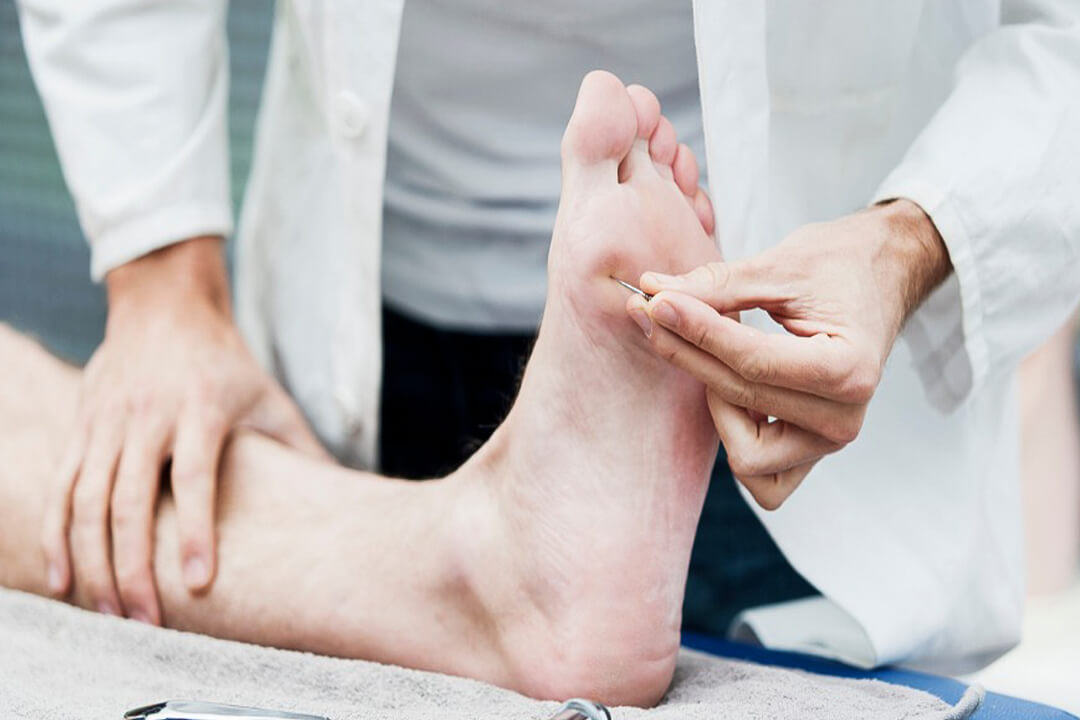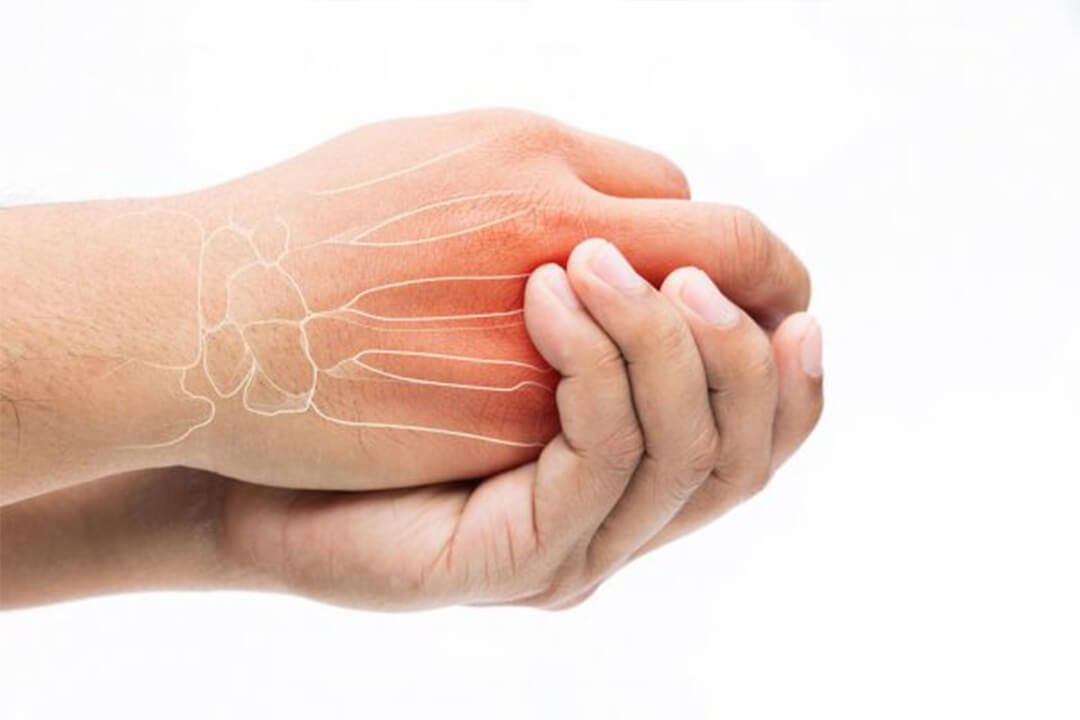Overview
Nerves are the body’s communication wiring system that transmits messages between the brain and the rest of the body. A few nerves convey messages from the brain to muscles to make the body move. Different nerves carry messages about a factor of pressure, pain, or temperature from the body to the brain. Numerous tiny fibers are bundled within each nerve to transmit the message. There is an external layer that insulates and protects the nerves from damage.
Symptoms
The symptoms of a nerve injury can be diverse based upon the nerve-damaged, the kind of injury, and the seriousness of the nerve injury. Few may include:
Numbness: Few nerves only communicate sensation, so a nerve injury to these nerves would cause some measure of numbness.
Weakness: In addition to tangible nerves, few nerves enable you to move, and different nerves do both things, injury to nerves that convey motor signals causes some measure of weakness.
Pain: This is often a possible symptom after nerve injury. The feeling of pain after a nerve injury can occur at any place along the path of the nerve, but usually, it is at the injury site.
Signs and symptoms of nerve injury might be intermittent if the nerve injury rehashes itself, or they might be steady if the nerve injury is adequately extreme. Many different signs of nerve injury incorporate muscles that get more modest, change in skin shade, and changes to the measure of sweat in specific regions.
An illustration of a nerve injury that can repeat is carpal tunnel disorder. Carpal tunnel disorder happens when the middle-nerve has much pressure on it as it crosses the wrist. The sign of numbness in hand, intense pain in the wrist, pain in hand, pain in the forearm, or weakness (especially in the thumb) can be apparent. The indication of carpal tunnel disorder can be intermittent, or if severe, then can happen constantly.
Causes
Nerves can get damage by an intense amount of pressure, by a deep cut, or by extended stretching. Carpal tunnel condition is an example of an issue that emerges from an excess of pressure on the middle-nerve on the hand. Carpal tunnel condition can harm the middle-nerve gradually after some time, or, on account of injury to space, it can occur more rapidly.
A cut to the nerve can harm it to the extreme level and inconsistency to transfer the signals because the signal can bounce no longer through a gap in the nerve. Stretch injuries to the nerve can go from gentle, temporary nerve injury to a more severe and permanent nerve injury. The degree of the nerve injury relies upon the measure of stretch.
Treatment
The main objective in treating such injuries is to restore the nail or potential finger to a normal state. Assortments of blood are drained by making a tiny hole in the nail to alleviate the pressure factor and give relief from discomfort. Major nerve injuries will be treated with surgery.
Additional Info
Peripheral nerves can get harmed in many ways:
- Injury from a mishap, a fall, or sports can stretch, compressed, or cut nerves.
- Medical conditions like Guillain-Barre, diabetes, and carpal tunnel disorder.
- Immune system infections including lupus, rheumatoid joint pain, and Sjogren’s condition.
- Other causes include narrowing of the arteries, hormonal deficiencies, and tumors.






